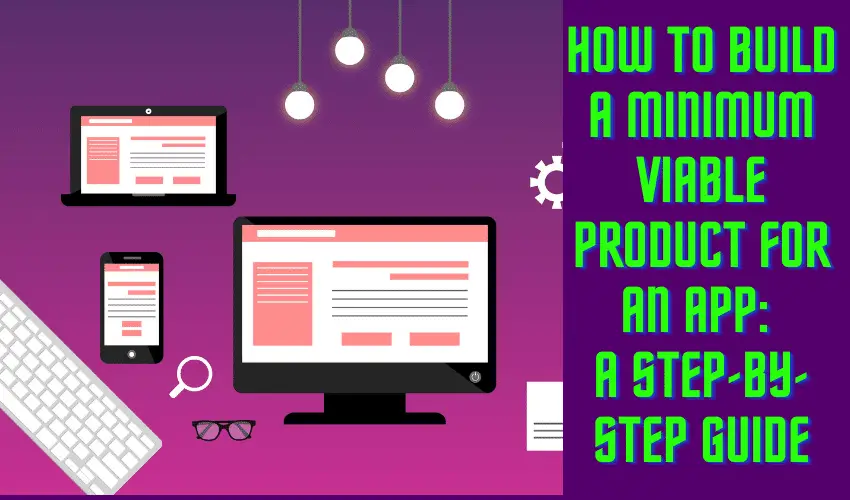When you build an app, you have to immediately figure out how to build a minimum viable product. Minimum viable product development is an essential step to building a successful app that your market will love.
When you create an MVP, you build a software version of your app with nothing but the core features and a very minimalist design, using only basic infrastructure. It is usually done to test your product and verify any assumptions you may have about it without investing too much time or money in it.
Recommended Read: 5 Programming Languages you must know
Also Read: How not to make 5 Beginners Mistakes in Kubernetes
Developing an MVP is an important step that you can’t skip when you are building your product.
Why You Should Develop a Minimum Viable Product
There are several reasons why you need an MVP before you launch your app. Often, your investors want to see where their money is going. Your MVP gives them an idea of what you are building and what your customers think about it without requiring a full launch.
Your MVP can also save a lot of money because you design a few core features and gather user feedback. That way, you aren’t wasting time and money developing features that your future clients don’t want.
An MVP will also increase your odds of success because you can find out whether it meets your customers’ needs before you even build and launch a complete product. You can add the features they want and remove the ones they don’t like.
Your MVP is also very flexible - you can alter the app very quickly and easily. A fully designed app is much harder to change because it relies on complex architecture and logic.
How To Build a Minimum Viable Product
Let’s look at how you can build an MVP for an app.
Identify Your Business and Market Needs
Does your app solve an existing problem or need? Do you know which market you want to enter? Once you answer those questions, you can start conceptualizing your new app and metrics for success.
Spot the Opportunities
Once you know what problem you are solving, you can start with a competitive analysis and determine which parts of your target market are underserved. You create a few user personas and start thinking about the ways of speaking to them according to their needs.
Decide Which Features
When you build an MVP, you need to focus on the core features that make up your app. You want to separate your nice-to-have features from your must-have features and then build them in order of priority.
Validate and Test Your MVP
Once you’ve built your MVP, start validating your MVP. Either hire a testing company or use friends and family that match your potential user profile. Take their feedback and use it to make changes to the app design.
Finding a Company to Build Your MVP
Most start-ups that don’t have teams of developers at their disposal will use experienced software companies to help design their MVP because it’s easier and cheaper. Before you hire a company, make sure to do the following:
Ask To See Their Portfolio
Opt for a company that has extensive experience in your industry and with building MVPs. They need practical how-to and the right app developers at their disposal.
Validate How Long They’ve Been Around
Choose a financially stable company with a substantial influx of customers over the years. You don’t want to hire a company that will disappear on you mid-way through your project!
Read Reviews
Ask for testimonials or look for reviews online. You want to ensure that the company you use will be able to assist you and deliver on time without constantly springing additional bills on you!
Conclusion
When you build an MVP for an app, make sure you are willing and able to do the necessary research. It’s important not to skip any steps. Remember, your MVP allows you to determine whether or not you’ll be successful when you launch before investing thousands in development. If you aren’t an experienced app company, partner with an agency or company to help you with this crucial step.
We are giving you exclusive deals to try Linux Servers for free with 100$ credit, check these links to claim your 100$,
DigitalOcean - 100$ free credit & Linode - 100$ free credit
Check some Exclusive Deals, HERE.
Also, check out DevOps Book You should read section.
